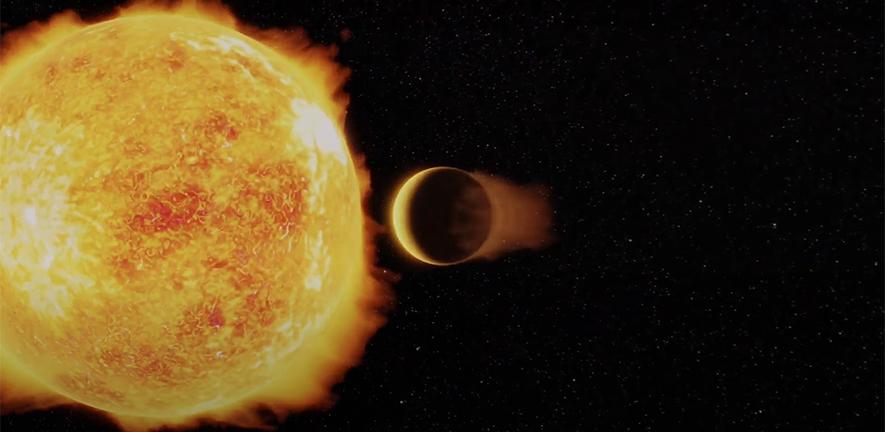
Charles Q. Choi
Charles Q. Choi is a contributing writer for Space.com and Live Science. He covers all things human origins and astronomy as well as physics, animals and general science topics. Charles has a Master of Arts degree from the University of Missouri-Columbia, School of Journalism and a Bachelor of Arts degree from the University of South Florida. Charles has visited every continent on Earth, drinking rancid yak butter tea in Lhasa, snorkeling with sea lions in the Galapagos and even climbing an iceberg in Antarctica. Visit him at http://www.sciwriter.us
Latest articles by Charles Q. Choi

Interstellar object 'Oumuamua is a pancake-shaped chunk of a Pluto-like planet
By Charles Q. Choi last updated
'Oumuamua, the first known visitor from interstellar space, was likely a pancake-shaped chip off a Pluto-like world.
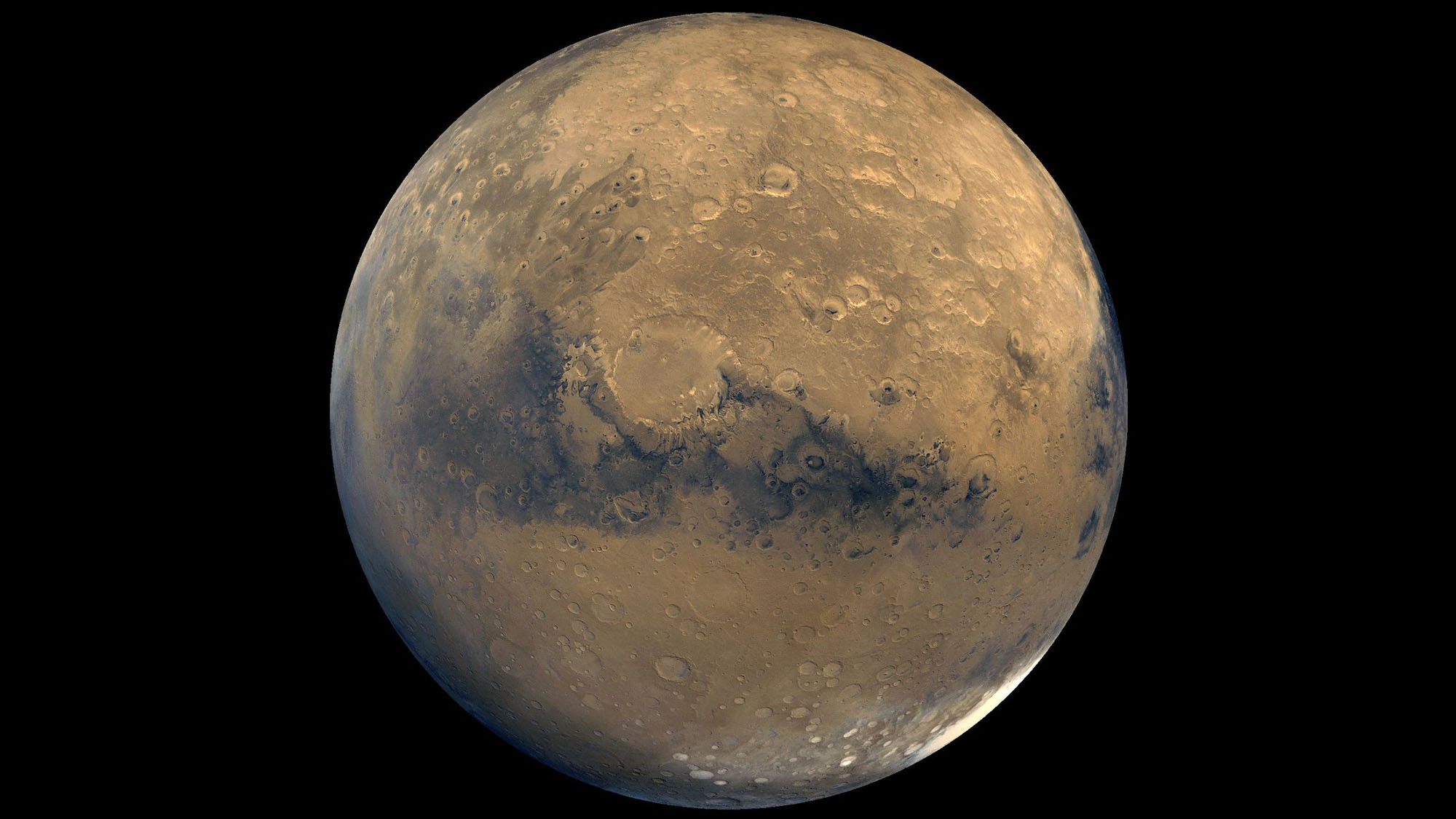
Mars may hide oceans of water beneath its crust, study finds
By Charles Q. Choi published
Oceans' worth of water may remain buried in the crust of Mars, and not lost to space as previously long thought, a new study finds.

Mercury may not have shrunk nearly as much as scientists think
By Charles Q. Choi last updated
Mercury may not have shrunk nearly as much as scientists previously thought, potentially solving the mystery posed by the planet's continuing quakes.
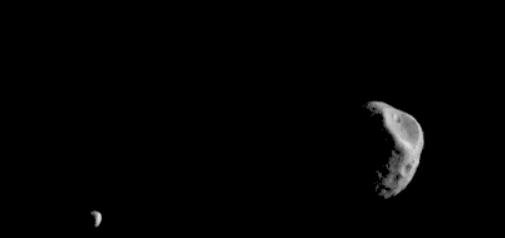
Were the Mars moons Phobos and Deimos born from another shattered moon?
By Charles Q. Choi published
The Mars moons Phobos and Deimos have been born from the remains of a larger moon that shattered.
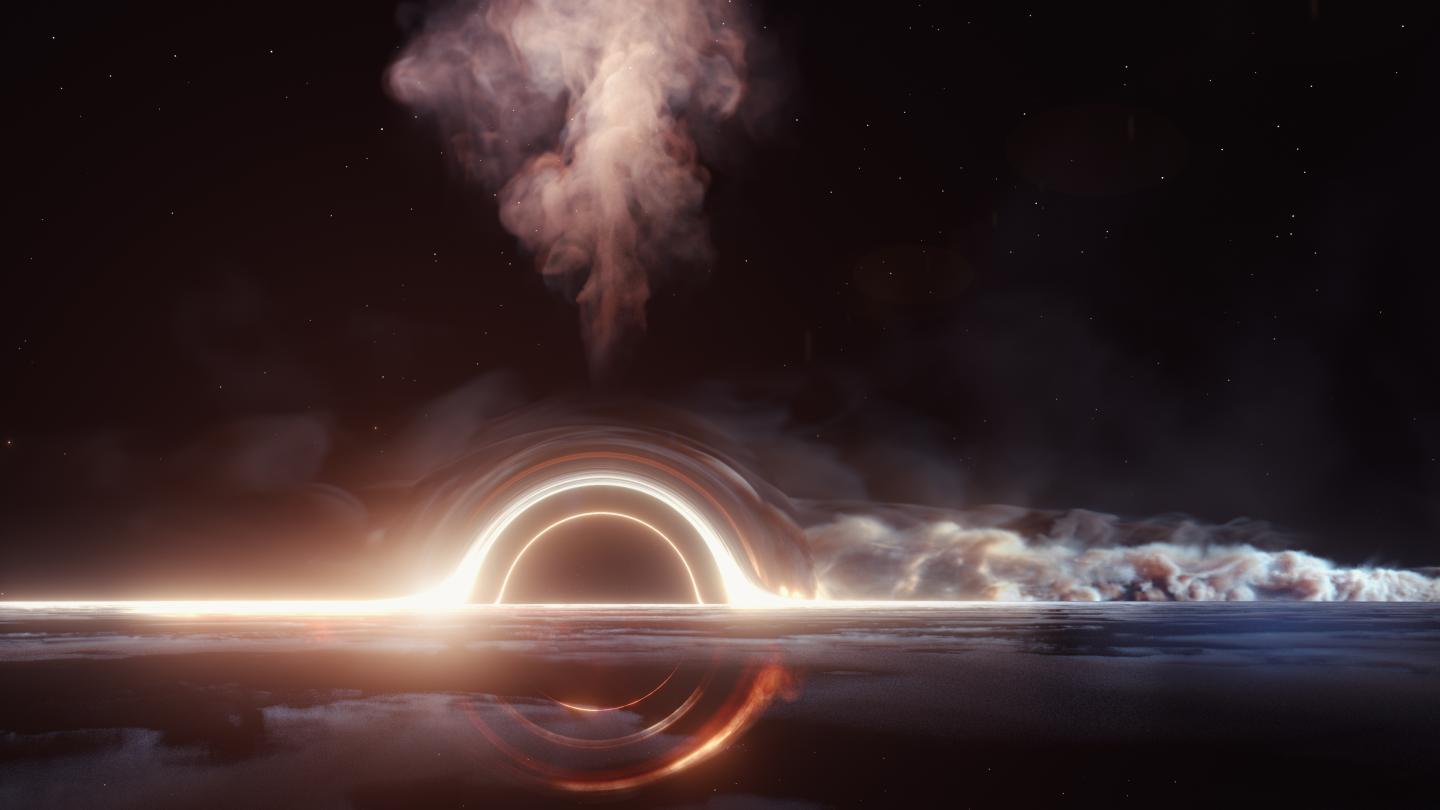
'Ghostly' neutrino from star-shredding black hole reveals cosmic particle accelerator of epic proportions
By Charles Q. Choi published
A ghostly particle that smashed into Antarctica in 2019 has been traced back to a black hole tearing apart a star while acting like a giant cosmic particle accelerator, a new study finds.
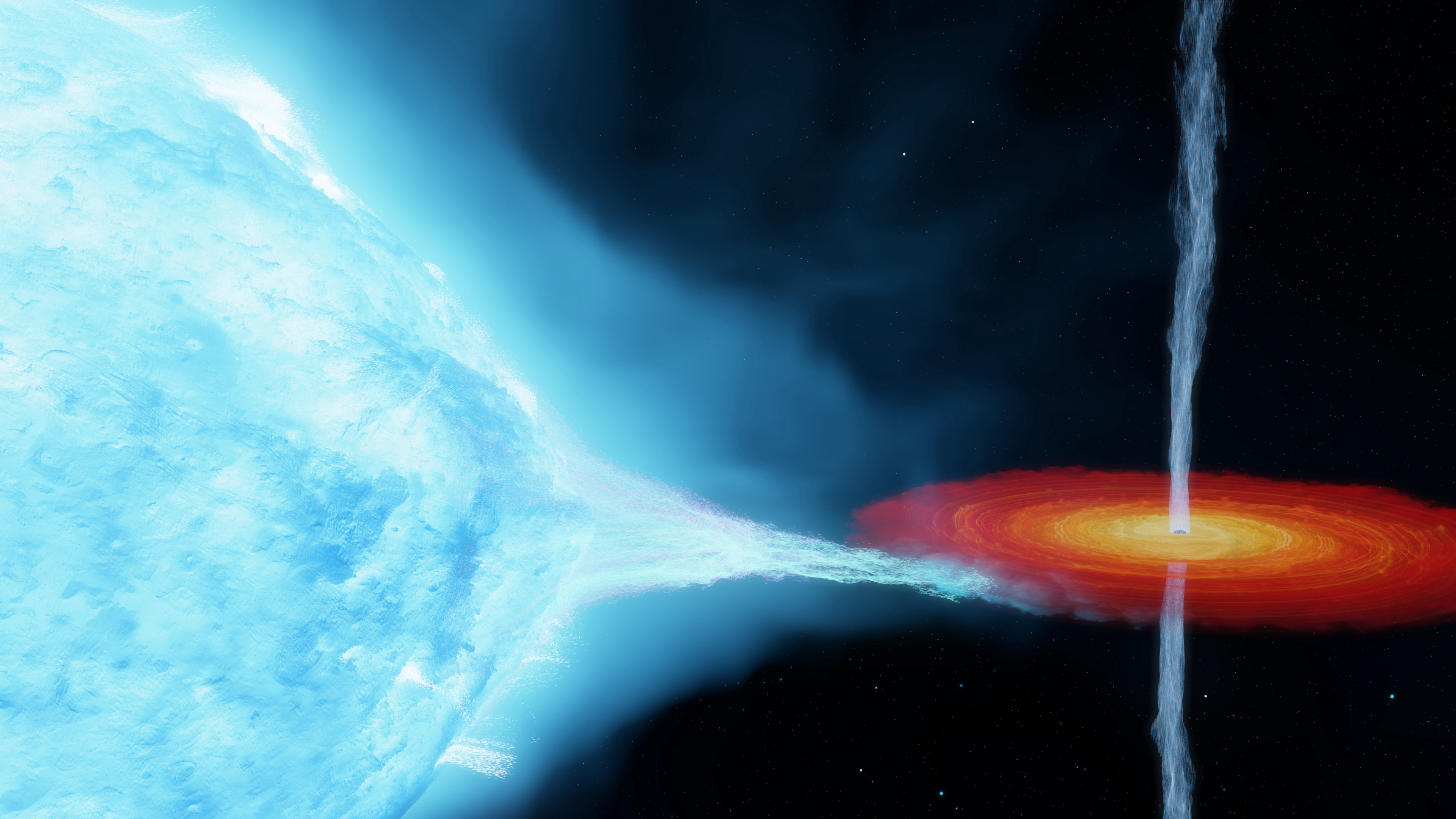
Scientists revisit the 1st black hole they ever discovered and realize it's bigger than they thought
By Charles Q. Choi published
New evidence suggests the first known black hole is bigger than previously thought, which may force scientists to reconsider their understanding of how giant stars give rise to black holes.

Surprisingly mature galaxy in the infant universe suggests galaxies form faster than we thought
By Charles Q. Choi published
A distant galaxy in the newborn universe essentially resembles a grown adult when it should just look like a small child, suggesting galaxies may evolve more rapidly than we thought.
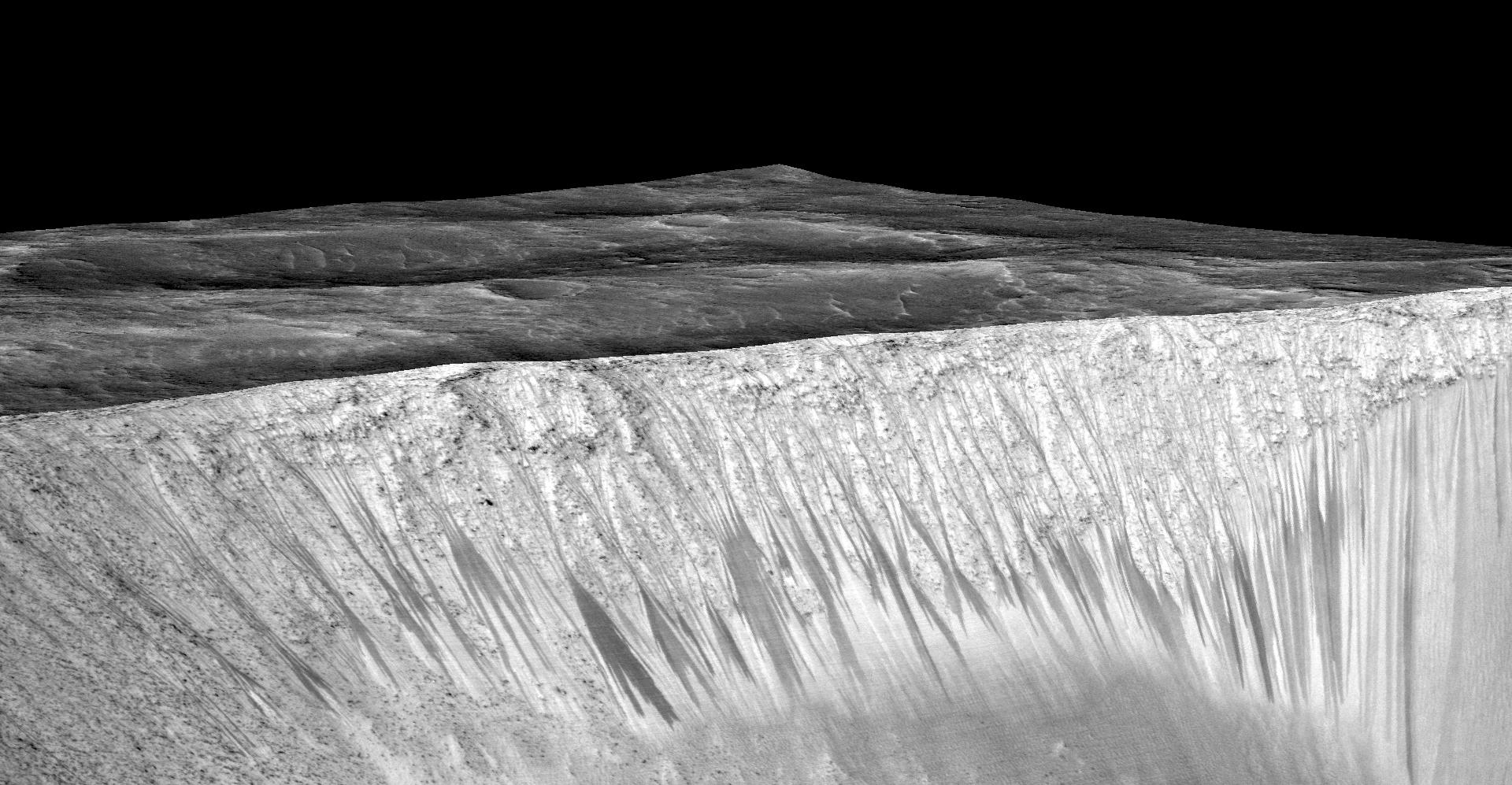
Intriguing dark streaks on Mars may be caused by landslides after all
By Charles Q. Choi last updated
Martian landslides might help explain mystery lines seen on the surface of the Red Planet, a new study finds.

Did water once flow through meteorites?
By Charles Q. Choi published
Water may have recently flowed within meteorites, suggesting the asteroids they broke off from may bear ice, a new study finds.

Powerful cosmic eruptions traced to brilliant 'magnetar' in nearby galaxy
By Charles Q. Choi published
Astronomers may have captured the first good look at giant flares from the strongest magnets in the universe.

Pluto's atmosphere gets its blue haze from icy organic compounds, study suggests
By Charles Q. Choi published
The haze shrouding Pluto might be made up of ice crystals possessing cyanide hearts, a new study finds.

Imaginary Earths: Countless Falling Stars
By Charles Q. Choi published
What if the world were constantly bombarded with space-rock smashups, big enough and frequent enough to shape the course of entire cultures?
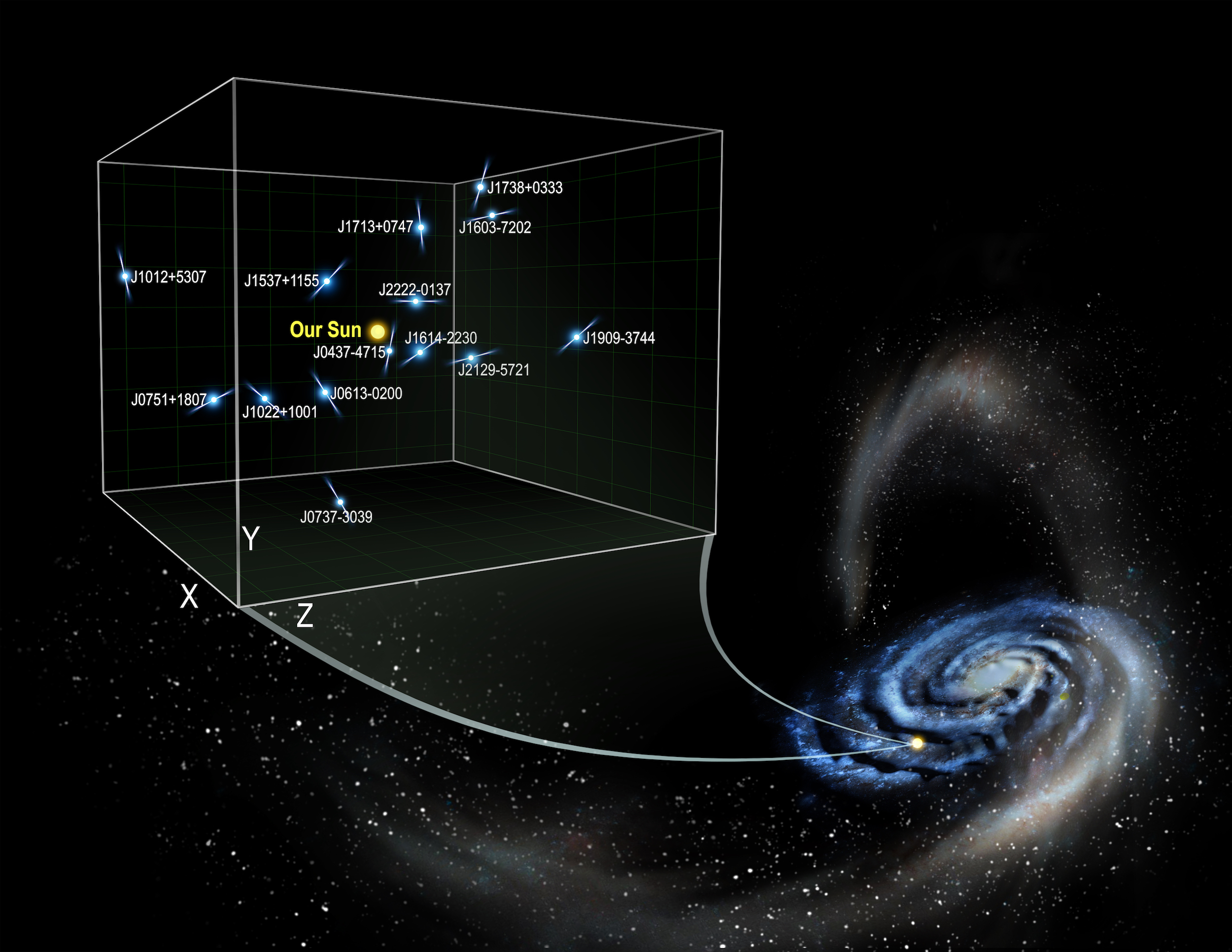
Scientists are getting closer in race to find gravitational wave background and dark matter
By Charles Q. Choi published
Astronomers may be getting closer to discovering as-yet hidden cosmic secrets, such as the nature of dark matter and the presence of widespread distortions in space-time.

Mars colonists could get fuel and oxygen from water on the Red Planet
By Charles Q. Choi published
Colonists on Mars could one day generate fuel and oxygen from saltwater on the Red Planet, a new study finds.

What if Earth shared its orbit with another planet?
By Charles Q. Choi published
Earth is the only planet traveling within its nearly circular orbit around the sun. But what if Earth shared its orbit with another planet?

Unpredictable space radio bursts may stem from asteroids around magnetic stars
By Charles Q. Choi published
Mysterious repeating bursts of radio waves that fire in random patterns might come from neutron stars blasting asteroids with magnetic winds that travel at nearly the speed of light.
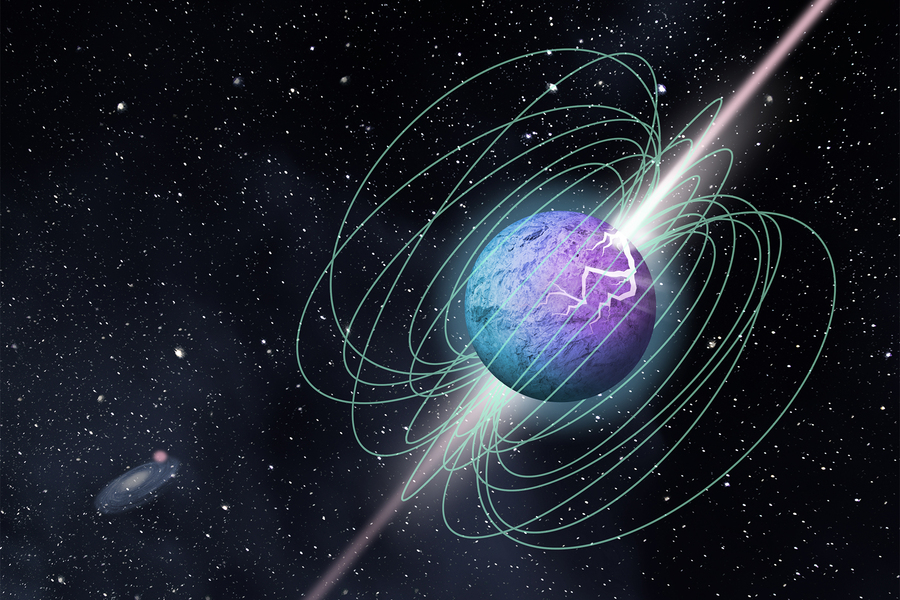
Scientists detect strange 'fast radio burst' from within our own Milky Way
By Charles Q. Choi published
Astronomers have detected the first fast radio burst from a magnetar in our own Milky Way galaxy.
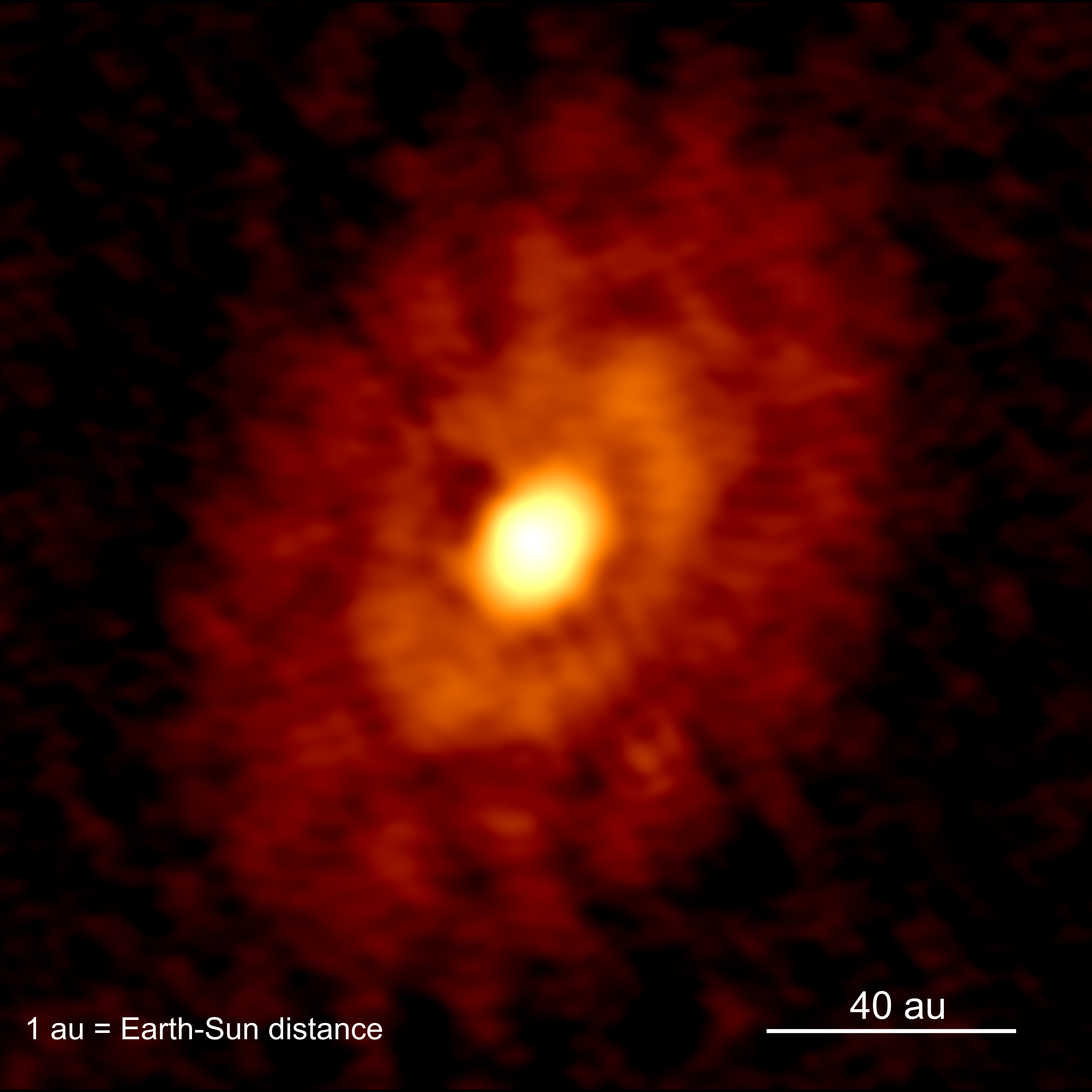
Strange rings around protostar suggests planets form earlier than thought
By Charles Q. Choi published
Rings detected around a newborn star may suggest that planets are born earlier than previously thought, a new study finds.
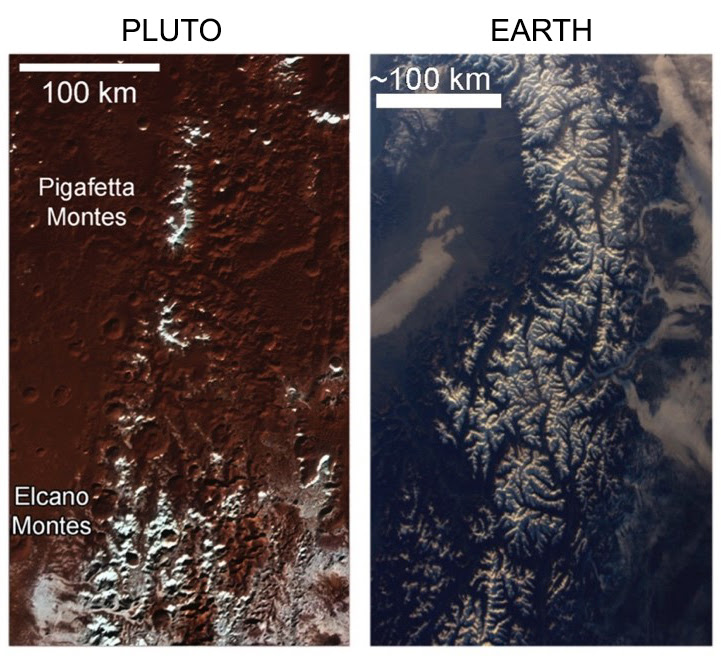
The mountains on Pluto have super weird methane ice snowcaps
By Charles Q. Choi published
Mountains on Pluto have snowcaps that may have formed from the top down as opposed to the bottom up, the reverse of how snow caps form on Earth, a new study finds.
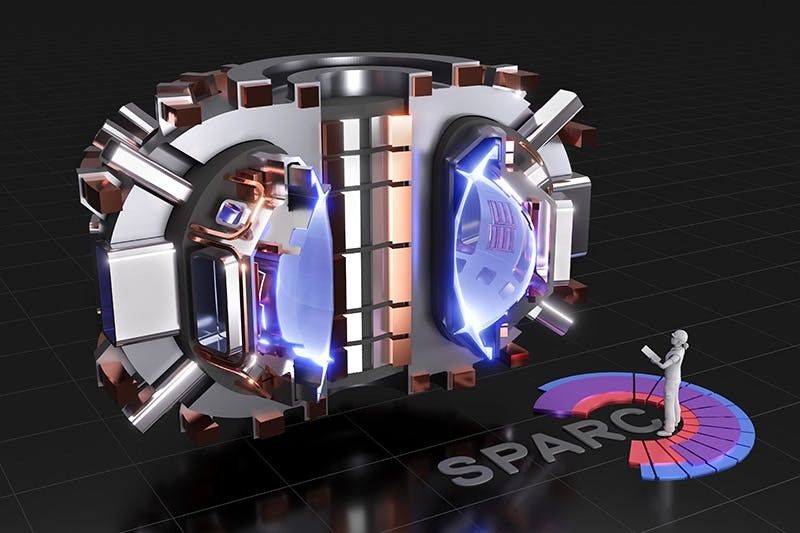
Nuclear fusion reactor could be here as soon as 2025
By Charles Q. Choi published
A viable nuclear fusion reactor — one that spits out more energy than it consumes — could be here as soon as 2025.

On Mars, 4 supersalty lakes may be hiding under the south pole ice cap
By Charles Q. Choi published
Remnants of water once found on the surface of Mars may be hidden in a handful of small lakes below the Red Planet's south pole, and more could exist, according to new research.

What if Earth had rings?
By Charles Q. Choi published
What might Earth be like crowned with rings? Space and science- fiction illustrator Ron Miller created extraordinary images of how the sky might look if Earth possessed such rings.
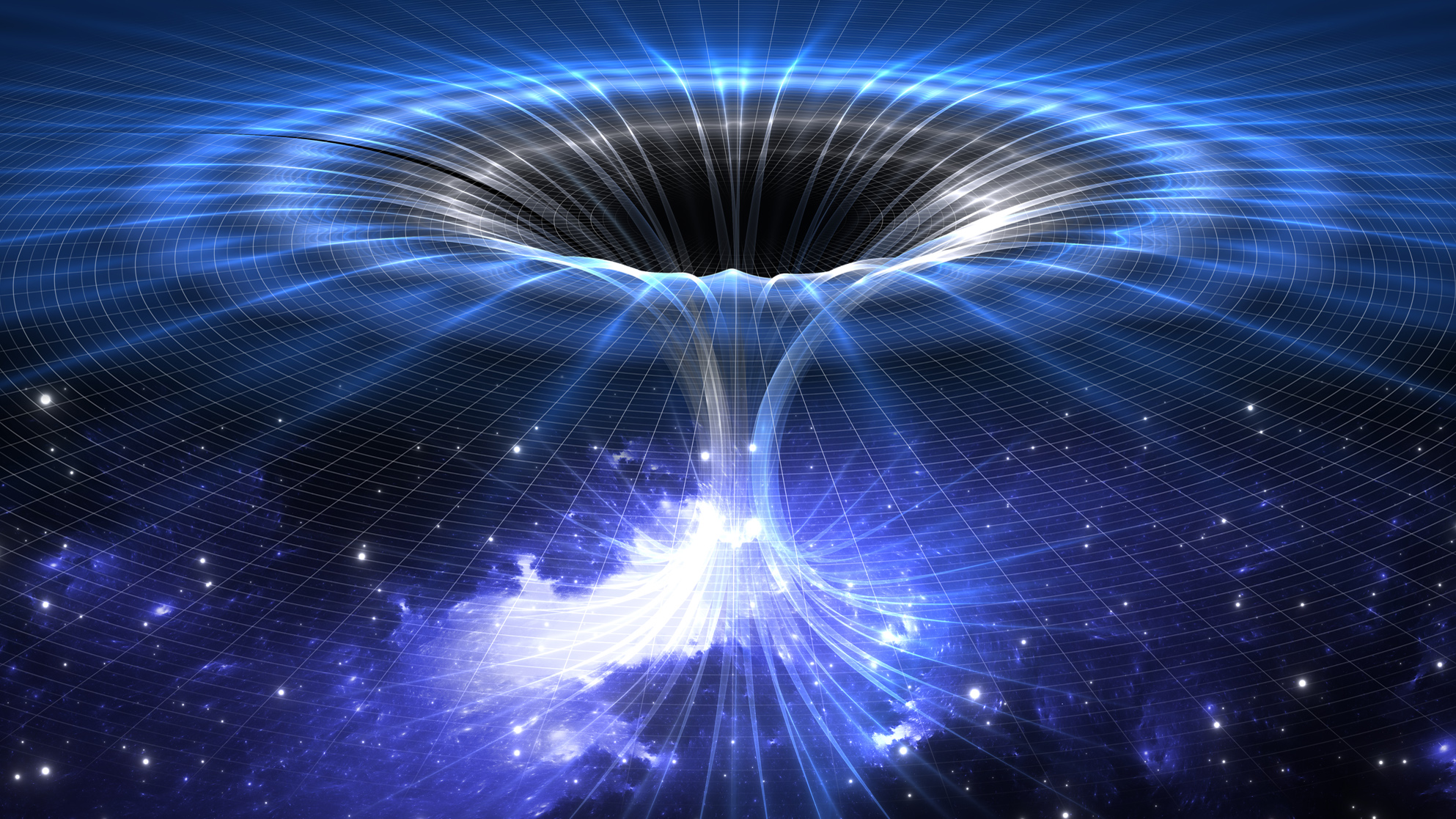
Are some black holes wormholes in disguise? Gamma-ray blasts may shed clues.
By Charles Q. Choi published
Unusual flashes of gamma rays could reveal that what appear to be giant black holes are actually huge wormholes, a new study finds.
Get the Space.com Newsletter
Breaking space news, the latest updates on rocket launches, skywatching events and more!
